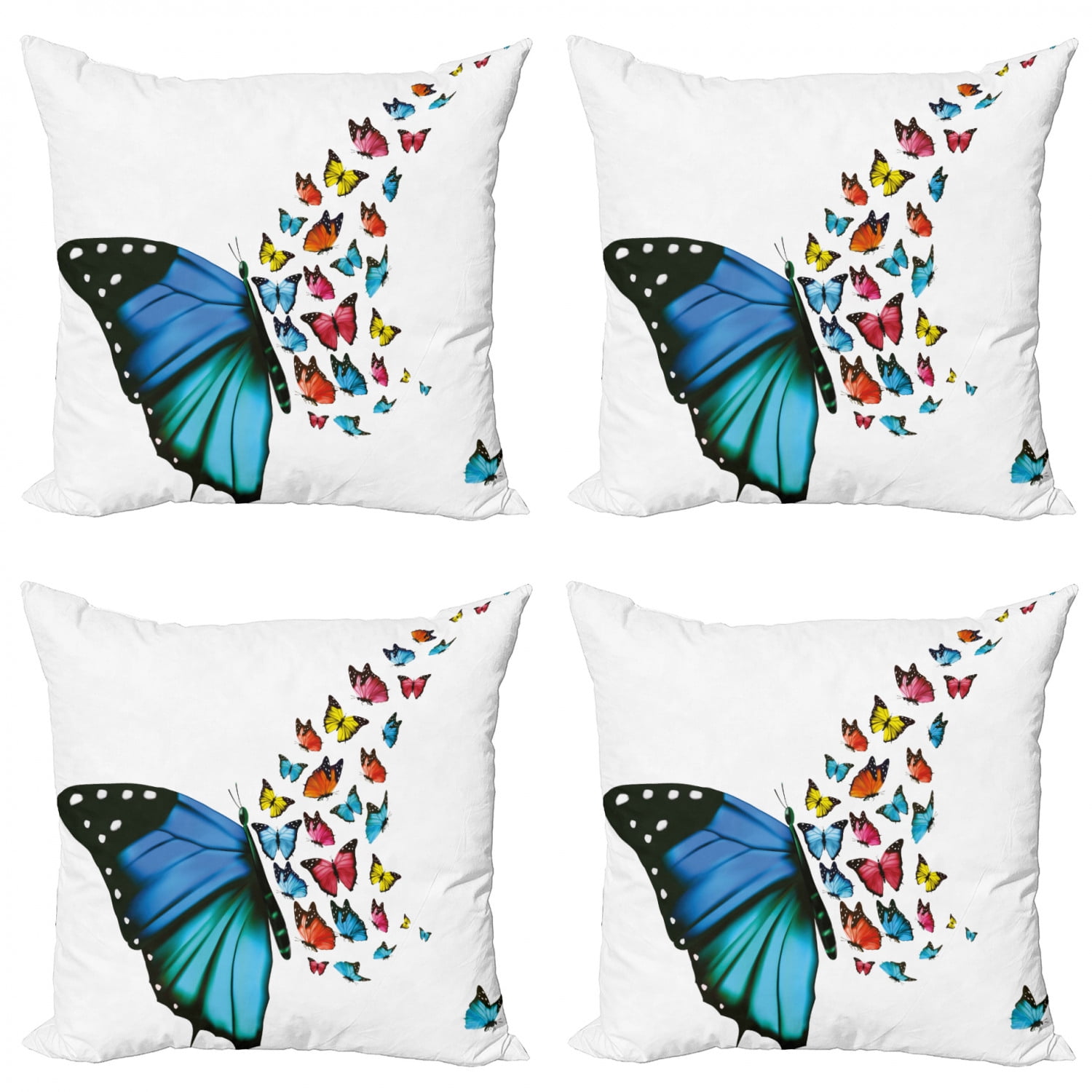The 9-Second Trick For Unique Art
The 9-Second Trick For Unique Art
Blog Article
What Does Unique Art Do?
Table of ContentsRumored Buzz on Unique ArtGetting My Unique Art To WorkUnique Art Things To Know Before You BuySome Known Facts About Unique Art.
While one may question which art kind holds priority, the truth continues to be that each of these seven kinds provides a special home window into human history, society, and development. They are the tapestries that chronicle our journey, advising us of our past while inspiring visions for the future.Wonderful art work narrates, makes people look twice, and creates a distinct experience that can't be matched. Art and images communicate all of that via color, shape and various other style aspects. Find out just how to make your one-of-a-kind artwork stand apart from the crowd.

8 TRIA GIOVANEqual parts grand and laidback, this entrance hall created by Anthony Baratta is the best plan to follow if you're embellishing an official entrance that still really feels unfussy and comfy. Patterned textiles take spotlight (see the carpets and the couch), but they also help bring the high ceilings down to a human range when hung over wallpaper.
The Main Principles Of Unique Art
18 Heidi Caillier DesignA gallery wall does not need to use up the whole area. As a matter of fact, occasionally a little one can make a larger design declaration. In this living room, Hiedi Caillier went with micro-mini structures and a random structure. Advertisement - Continue Analysis Below19 Stephen Kent JohnsonDesigner Juan Carretero chose a deep green paint shade to contrast with the light timber coatings.
The aspects of this languageits shapes, lines, colours, tones, and texturesare made use of in various ways to generate sensations of volume, space, activity, and light on a flat surface. These aspects are combined right into meaningful patterns in order to stand for actual or mythological sensations, to translate a narrative theme, or to produce completely abstract aesthetic relationships.
Later on the notion of the "fine musician" developed in Asia and Renaissance Europe. During the 19th century painters in Western societies began to shed their social setting and safe patronage.
The Definitive Guide to Unique Art
Others gained an income through touring events of their work. The demand to interest an industry had replaced the similar (if less impersonal) needs of patronage, and its impact on the art itself was probably comparable as well. Usually, musicians in the 20th century might get to a target market just via industrial galleries and public galleries, although their work might have been sometimes reproduced in art regulars.

Do not replicate the style of various other musicians if you're looking for your style. Duplicating other people's artwork can be wonderful in educational objectives but these details it will certainly not make you closer to finding your own special style. Your creative design needs to be, what you find out here now such as and what influences you.
I would believe of your very own design as a design you paint in normally, when you release all ideas and rules and simply concentrate on paint, not considering it. Unique Art. The style needs to come normally to you when you are relaxed and you can not compel it or it won't be your very own style, simply a person else's
The Ultimate Guide To Unique Art

With time you'll have the ability to arrange every one of them right into your favorite and least favored categories. Attempt to concentrate your focus on the topics and tools that you like and prior to you see it coming you'll have your very own personal and unique style, like no one else have! In the end you'll have a few favored topics to paint and maybe a couple of preferred tools.
The design has to develop itself over time with a great deal of practice and experiments - Unique Art. Thank you for reading this message and if you have any type of concerns leave them in the remarks listed below, I would certainly be pleased to respond to these
Report this page